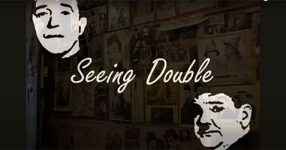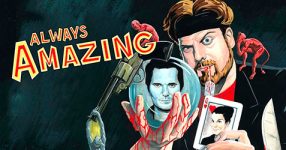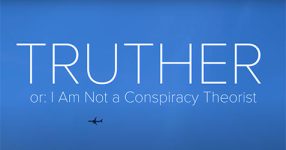The documentary “Manson: Music From an Unsound Mind” delves into the intriguing and lesser-known facets of Charles Manson’s life, focusing on his musical aspirations and the pivotal role music played in shaping his persona. With a vast collection of around two hundred songs, Manson’s journey takes an unexpected turn from a budding musician to a notorious cult leader accused of orchestrating brutal murders.
Charlie’s Musical Ambitions and Philosophy
In 1968, Manson, a cult leader and singer-songwriter, gained access to the upper echelons of the Los Angeles music scene. Contrary to the widely known narrative of Manson as a symbol of vicious murder, the documentary asserts that his primary goal was not mayhem but rather the dissemination of his philosophy through music. Music, according to Manson, was the vehicle to spread his unconventional beliefs and ideologies. The film argues that during this period, the lack of rules and constraints in the music industry created a perfect storm for someone like Manson to emerge.
The Manson Family and the Turmoil of 1969
The documentary also explores the infamous events of August 9, 1969, when Los Angeles woke up to the news of a brutal multiple homicide, including actress Sharon Tate, orchestrated by Manson’s followers. Amid the backdrop of the counter-culture movement and the summer of love, Manson’s followers carried out violent acts that shocked the nation. The film presents Manson’s story as one of rejection and collapse, unraveling the disintegration of his dreams and the subsequent rise of madness within the Manson Family.
From Prison to Musical Inspiration
Charles Manson’s journey into the world of music had humble beginnings in prison, where he learned to play the guitar. His passion for music reignited in 1964 when he heard the transformative sound of the Beatles. The film highlights how Manson’s criminal past and imprisonment shaped his musical pursuits, ultimately leading him to Los Angeles during the height of the city’s cultural revolution.
Los Angeles Music Scene and Manson’s Influence
The documentary provides a historical context of Los Angeles’ rise as a music capital in the 1960s. Manson’s entry into the music scene coincided with a vibrant youth culture challenging traditional norms. The influence of bands like the Beach Boys and the Doors set the stage for Manson’s unconventional approach to music. The film suggests that Manson’s connection with influential figures like Terry Melcher and Brian Wilson played a significant role in shaping his musical endeavors.
Manson’s Collaboration with Dennis Wilson and the Beach Boys
One of the crucial aspects explored in the documentary is Manson’s collaboration with Dennis Wilson of the Beach Boys. Manson’s influence on the band’s music is portrayed as a collaboration rather than mere exploitation. The film contends that Manson’s lyrics and music were initially seen as a tool to attract the younger audience of the time, merging folky tones with acid influences.
The Dark Turn: Helter Skelter and the Cielo Drive Murders
The narrative takes a dark turn as the documentary discusses Manson’s interpretation of the Beatles’ “Helter Skelter” and his distorted belief in an impending race war. Manson’s failed attempts to impress music producer Terry Melcher and his subsequent descent into violence, culminating in the infamous Cielo Drive murders, are analyzed. The film explores Manson’s twisted motives behind the murders and his attempts to manipulate the crime scene to incite racial tensions.
Aftermath and Manson’s Legacy
The documentary concludes by examining the aftermath of Manson’s actions, including the arrests and trials of his followers. Manson’s attempt to control his followers from prison and the impact of the murders on the counter-culture movement are discussed. The film acknowledges the enduring legacy of Charles Manson as a symbol of the dark side of the 1960s counterculture, where music and ideology collided in a tragic and terrifying manner.












